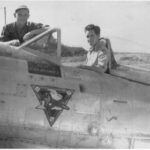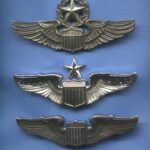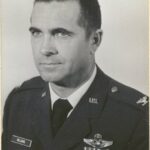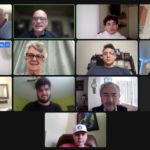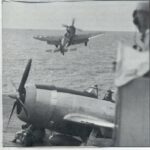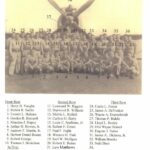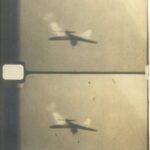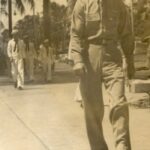Durwood Williams was born November 24, 1921 in Godwin, North Carolina. He grew up in that state, playing on the banks of the Cape Fear River, and looking for lost Confederate treasures. The Great Depression impacted Durwood’s family; his father went to Fayetteville to work, and Durwood had to work his way through college. He was able to graduate, just as war clouds were gathering. Durwood found his way into the Army Air Corps, and he made his way to San Antonio for the initial stages of training. Not long after he made his way to Hawaii, where he was stationed at Bellow Field, and from there it was on the USS Sargent Bay aircraft carrier for the long journey across the Pacific. Durwood saw action in a variety of locales, including Saipan, where he had the occasion to see the desperate suicides at Marpi Point. He was actively involved in the air war over Okinawa, where it was the task of Durwood and his P-47 Thunderbolt to engage the kamikazes before they could hit their targets. He did on a number of occasions, saving American lives in the process. After the war, Durwood chose to stay in the military, and he went on to achieve the rank of colonel in the USAF, where he helped to develop the anti-ballistic missile system that became a mainstay of U.S. Cold War policy. Crestwood students were able to interview Durwood Williams over zoom in February 2023.
Videos
Click next video below to keep watching
